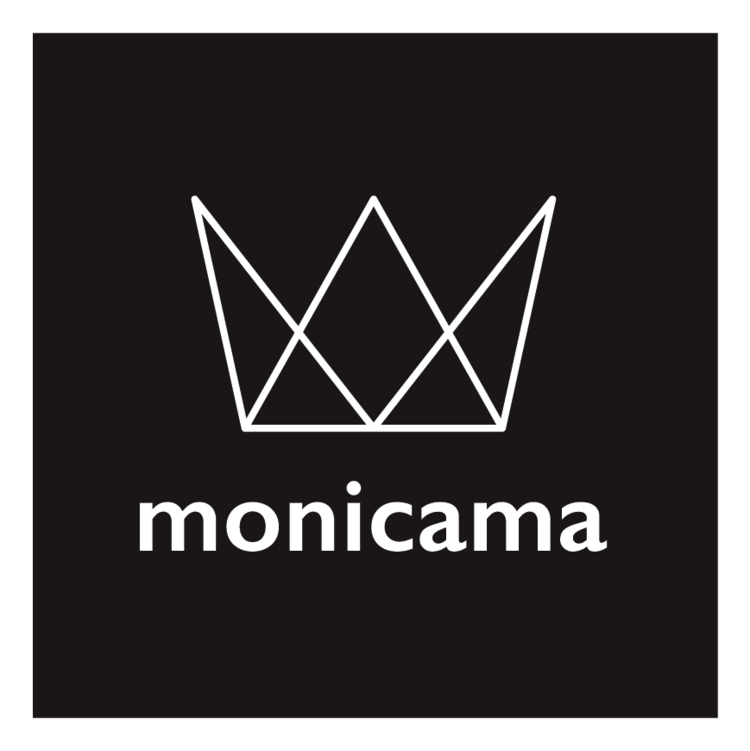What's the difference between usability and User experience design, you ask? Well, buckle up, because they're not just two peas in a pod. While they share the noble mission of creating user-friendly products, they each bring their unique flair to the table. And hey, this isn't just important for ambitious UX designers on a mission to change the world – it's a must-know for all of us savvy product consumers out there.
Usability and UX design
Picture usability as the solid foundation of functional design – the Robin to Batman, if you will. A usable design is like a wise old owl, guiding users with its intuitive and straightforward nature, so they can effortlessly interact with the product. No more head-scratching or confusion here.
While usability focuses on efficiency, UX design is a more comprehensive and holistic approach to design that includes the entire user journey.
It's not just about efficiency; it's a full-blown theater with a splendid array of acts. From the moment users encounter the product till their ongoing love affair with it, UX design takes them on an emotional rollercoaster ride. Hold on tight – we're talking about curiosity, jealousy (ever drooled over your bestie's new EarPods?), sweet purchases, and sometimes frustrating ownership experiences (we've all been there!).
UX design and Maslow’s Hierarchy of Needs
Ever heard of Abraham Maslow and his famous Hierarchy of Needs? Here is its quick adaptation (created by me and ChatGPT) that brings up a fuller picture.
Tier 1. Usability
At the rock-solid base of this UX Design's Hierarchy of Needs lies Usability – much like Maslow's physiological needs for food and shelter. Survival in the digital realm depends on users navigating your product effortlessly, just like our ancestors needed to hunt for food and find cozy caves to survive.
Tier 2. Safety & Reliability
Ascending the hierarchy, we encounter Safety & Reliability – the knights in shining armor of digital experiences. Just as individuals seek safety and security in their lives, users crave digital experiences free from errors and data breaches. Designing for safety and reliability instills confidence and trust, encouraging users to engage with the product fearlessly.
Tier 3. Efficiency & Effectiveness
Next up, Efficiency & Effectiveness – the dynamic duo of user journeys. Think of them as the Cupids of UX, bringing users together with streamlined interactions and efficient workflows. Reducing friction and optimizing workflows empower users to accomplish tasks swiftly and efficiently, fostering a sense of belonging and satisfaction with the product.
Tier 4. Delightful Experiences & Emotional Connection
Keep soaring because we're now at Delightful Experiences & Emotional Connection. At this level, functionality takes a backseat as designers focus on crafting experiences that evoke positive emotions and form deeper connections with users. Imagine a beautifully designed community chat platform where everyone feels included and appreciated.
Tier 6. Design for Social Good
And there it is, the grand finale – "Design for Social Good" at the pinnacle of our hierarchy. It's like the Oscars of UX design, where the ultimate goal is to make a positive impact on society. We're talking inclusivity, accessibility, behavior change, sustainability, and saving the planet – all in one UX package.
In sum, the UX Design's Hierarchy of Needs takes usability as the foundation and soars high with "Design for Social Good" at the top.
It's not just about creating functional products – it's about transforming lives and making the world a better place.
As UX designers, let's join forces with other stakeholders to create unforgettable experiences. And hey, as consumers, let's use our power to choose products that take us to higher horizons of awareness and growth. Together, we can be catalysts for positive change, creating a world where UX design reigns supreme – one pixel at a time.
Cover art: myself + Midjourney
